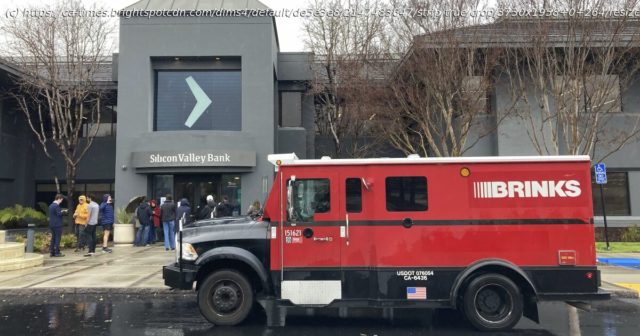Financial turmoil has some people wondering if a systemic problem is putting all banks in peril, as in the Great Recession. Experts say that isn’t the case.
It’s never a good sign when “bank collapse” is trending on Twitter.
Such was the case Monday as investors pummeled shares of First Republic Bank and Western Alliance Bancorporation, among several other regional financial institutions. Evidently, they feared that these banks would suffer the same fate as Silicon Valley Bank in Santa Clara, Calif., which was taken over Friday by the Federal Deposit Insurance Corp., and Signature Bank in New York City, which was shut down Sunday by state regulators.
The rapid rise in interest rates has been a challenge for banks in general, reducing the value of some of their safest investments. But banking experts say the circumstances that toppled Silicon Valley Bank and Signature Bank were so unique, and the response from the federal government Monday so aggressive, that depositors in other banks can stay put rather than shifting into crisis mode.
Besides, at least part of the doomsayer wing on Twitter appeared to have a rooting interest in a wider collapse. Some were conservative critics of the Biden administration, but others were business executives eager for the government to protect their uninsured deposits (which the feds eventually did).
Republican entrepreneur Vivek Ramaswamy (who is running a long-shot presidential campaign) tweeted Sunday that venture capitalists and startup executives who stood to lose their deposits at Silicon Valley Bank “are going *out of their way* to push a narrative that there’ll be a bank run on Monday if SVB depositors aren’t bailed out by the government. They’re yelling fire in the proverbial theater, hoping that everyone runs and knocks down a candle on their way out — actually starting a fire that may not otherwise have existed.”
Here’s what you need to know about the latest developments and what the best course for you may be going forward.
Regardless of how resilient or fragile your bank may be, the answer will be yes for an overwhelming number of people. That’s because federal insurance programs will protect all the money typical Californians have squirreled away in a bank or credit union.
For each depositor, the FDIC ordinarily insures a total of $250,000 in checking, savings, certificates of deposit and money market accounts at participating institutions. (The vast majority of banks are insured; you can confirm whether your bank is by checking this directory at FDIC.gov.) The FDIC’s limit applies to each bank where you do business, so if you have $250,000 at Bank A, $150,000 at Bank B and $300,000 at Bank C, all but $50,000 at Bank C would be automatically insured.
By way of comparison, the median amount that Americans have in banks is $5,300 per household, according to the latest Federal Reserve survey (from 2019). The average amount is $41,600. So for all but a small percentage of borrowers, the FDIC’s $250,000 figure is an aspiration, not a limit.
Credit unions have a similar insurance program from the National Credit Union Administration, with the same $250,000 limit.
Home
United States
USA — mix Making sense of Silicon Valley Bank’s failure: What it means for your...






